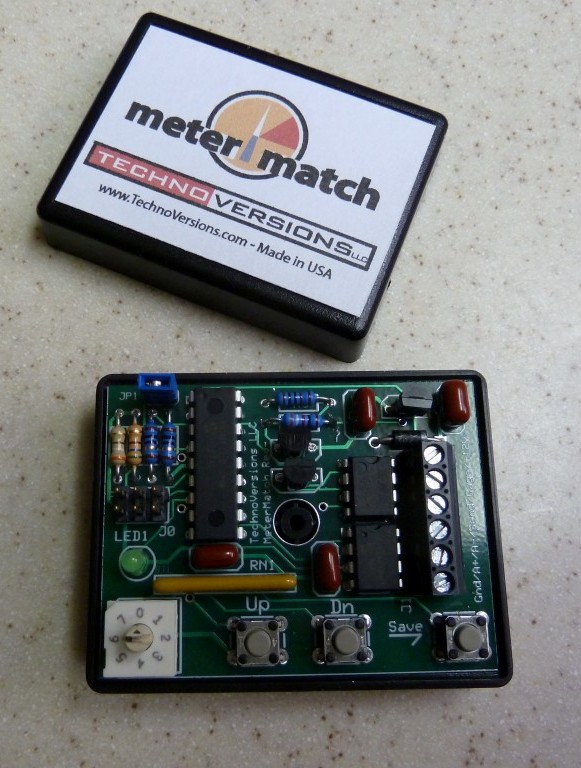quote:
Originally posted by BillT:
I recently purchased Dave Ferrot's #5972 project Pantera.
A prior owner to Dave completed paint/body work and part of the purchase price included a Ton of Pantera parts (take-offs and lots of new parts)so now it's time to reassemble.
Earlier I posted a message about needing a wiring harness but while going thru the parts I found the original harness.
Upon inspection the harness looks to be in good shape and I've read several posts indicating the stock harness is OK to use but should be improved for better functionality and reliability.
I plan to go thru the entire harness, clean connections, repair/replace worn/damaged items and upgrade components as needed.
Does someone have a list of the suggested harness improvements?
Some upgrades owners mentioned in previous posts:
$78 ignition bypass
$305 fuse box
$225 headlight motor controller
$260 radiator controller
$257 console switch controller
Changing wire gauge on a particular circuit to handle the load better
I'm concerned about the harness upgrade cost. One reason I wanted to go with the stock harness was to save money but some owners think it's less expensive overall to go with a new Painless harness.
My head is swimming and I'm getting dizzy thinking about 'what should I do' ...
Your comments/suggestions will allow me to create a harness refurbish/upgrade/install plan.
Thanks for your comments guys and it's Great to finally be a Pantera Owner and not just lurking on this Forum dreaming about 'what if'' …

Bill
All of the Pantera-Electronics items are great additions but the fact of the matter is that you do not need to do anything to the original car.
Changing to the P-E fuse panel is a convenience thing. It makes it easier to deal with blown fuses, original bullet fuses falling out and on the floor, and modernizing the type of fuses to use.
The same with all of Jon Haas's Pantera products.
There is one of them that I can think of though that anyone should really consider mandatory. That is the ignition switch controller. It takes the enormous electrical load off of the switch.
Your switch will last longer and it reduces the possibility of an electrical short.
I have all of the P-E "controllers" in the car and they really "fix" a lot of the issues.
As far as exactly what he means about "fixing mistakes" in the harness, I personally don't know. While the harness is out of the car, you might consider asking him about that?
That is the time to do any kind of a mistake correction to the harness. Working on it in the car to me would not be the desired course of action.
Another item that I would predict a very high percentage of owners would agree with is put a solid state distributor in the car. One that has proven to be VERY reliable is the Ford Motorcraft unit.
A ticking time bomb in the car is the ORIGINAL ammeter gauge because of the way it is wired into the car.
Just about everything else is a matter of taste.
The original car is not a disaster area as some, including journalists would suggest. Many have driven these cars with original equipment quite a few happy miles with really "normal" production car failure rates on components.
I think that some components have actually done BETTER then Ford itself thought it would do. I'm thinking of the ZF itself.
Ford apparently was convinced something like 1 in 3 would need to be replaced for one reason or another under warranty and stocked replacement units to be prepared.
They re-engineered the gear ratios from the -1 to reduce torque loading, i.e., first gear "burn-outs" by reducing the first gear ratio from 2.41 to 2.20 in the -2.
To my knowledge, the ZF's never failed as expected.
In fact the ZF's have proven strong enough to hold much larger displacement engines without failure. Those engines are making significantly more torque then the often quoted 550 ft-lbs limit.
A good size acorn maybe could crack the windshield if it catches it right, but for sure it doesn't mean the sky is falling at all.


